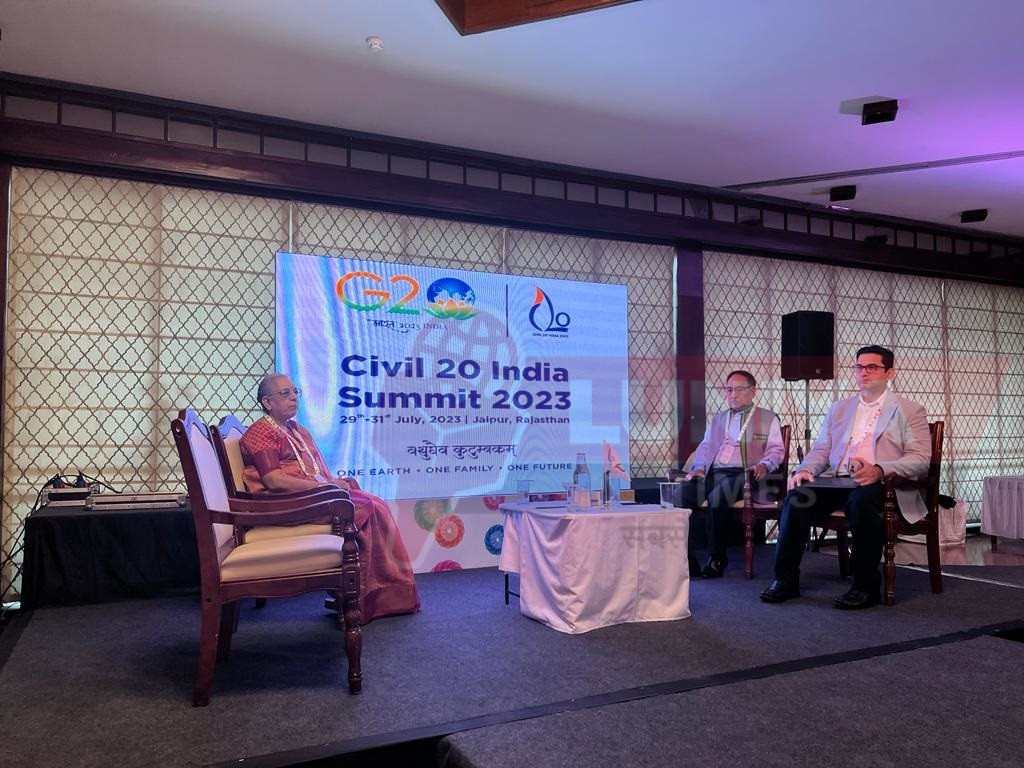
Creating effective subheadings for SEO is crucial for enhancing readability and improving search engine rankings.
SEO, or Search Engine Optimization, is the practice of enhancing a website to increase its visibility on search engine results pages (SERPs). This involves optimizing content with relevant keywords, improving site structure, and ensuring mobile-friendliness. Effective SEO strategies also include building high-quality backlinks and maintaining fast page load speeds. By improving these elements, websites can attract more organic traffic, ultimately boosting their online presence and engagement.
SEO (search engine optimization)
There are countless articles out there on SEO, but one that stands out for its comprehensive detail is “The Beginner’s Guide to SEO” by Moz. It’s not only great for beginners but also offers deep insights for those more experienced in SEO. SEO of 3 type. Here’s why it’s often recommended.

On page SEO
On-page SEO (Search Engine Optimization) involves optimizing individual web pages to rank higher and earn more relevant traffic in search engines. This includes optimizing both the content and HTML source code of a page. Here are some key aspects of on-page SEO.
1. Content Quality
- Relevance and Value: Ensure your content is relevant to the target audience and provides valuable information that addresses their needs or questions.
- Originality: Content should be original and not duplicated from other sources.
- Length and Depth: Comprehensive content tends to rank better. Cover the topic in depth, but avoid fluff.
2. Keyword Optimization
- Keyword Research: Identify the keywords and phrases your target audience is using. Use tools like Google Keyword Planner, Ahrefs, or Semrush.
- Keyword Placement: Integrate primary and secondary keywords naturally into your content, including in the title, headers, URL, and throughout the text. Avoid keyword stuffing.
3. Title Tags and Meta Descriptions
- Title Tag: This is one of the most important on-page SEO elements. It should be compelling, include the primary keyword, and be around 50-60 characters.
- Meta Description: This should provide a summary of the page content, include relevant keywords, and be around 150-160 characters to encourage click-throughs.
4. Header Tags (H1, H2, H3, etc.)
- H1 Tag: Typically used for the main title of the page and should include the primary keyword.
- H2, H3 Tags: Use these for subheadings to organize content and make it easier for both users and search engines to understand the page structure.
5. URL Structure
- SEO-Friendly URLs: Use clean, descriptive URLs that include relevant keywords. Avoid long, complex URLs with unnecessary parameters.
6. Internal Linking
- Contextual Links: Link to other relevant pages on your site to improve navigation and help distribute page authority.
- Anchor Text: Use descriptive and relevant anchor text for your internal links.
7. Image Optimization
- Alt Text: Provide descriptive alt text for images, including relevant keywords to help search engines understand the content of the images.
- File Names: Use descriptive file names with keywords before uploading images.
- Compression: Optimize image size to ensure fast loading times without compromising quality.
8. Mobile Friendliness
- Responsive Design: Ensure your site is mobile-friendly and provides a good user experience on all devices.
- Mobile Usability: Check for issues like clickable elements being too close together, text being too small, and content not fitting the screen.
9. Page Speed
- Load Times: Optimize your site to load quickly by compressing images, leveraging browser caching, and minimizing JavaScript and CSS files.
- Performance Tools: Use tools like Google PageSpeed Insights or GTmetrix to analyze and improve your page speed.
10. User Experience (UX)
- Navigation: Ensure your site is easy to navigate with a clear structure.
- Readability: Use legible fonts, appropriate font sizes, and enough spacing.
- Engagement: Encourage user interaction with clear calls to action (CTAs), interactive elements, and engaging content.
11. Schema Markup
- Structured Data: Use schema markup to help search engines understand your content and enhance your search result listings with rich snippets.
12. Security
- HTTPS: Ensure your site uses HTTPS to provide a secure connection and improve trust with users.
By focusing on these on-page SEO elements, you can enhance your website’s visibility in search engine results, attract more organic traffic, and improve the overall user experience.

Off page SEO
Off-page SEO (Search Engine Optimization) refers to all activities and strategies implemented outside of your website to improve its search engine rankings. Unlike on-page SEO, which involves optimizing elements within your website (such as content, meta tags, and internal linking), off-page SEO focuses on gaining backlinks, improving brand mentions, and increasing social signals.
Here’s a detailed overview of key off-page SEO strategies:
1. Backlinks
Quality over Quantity
- High Authority Sites: Aim to get backlinks from reputable websites with high domain authority. Links from such sites carry more weight.
- Relevance: Links from sites relevant to your niche or industry are more valuable.
Types of Backlinks
- Natural Links: Earned organically without any direct action from you (e.g., someone links to your blog post because they find it valuable).
- Manually Built Links: Acquired through deliberate activities (e.g., outreach emails to bloggers).
- Self-Created Links: Added in directories, forums, blog comments, etc. (use with caution to avoid penalties).
2. Content Marketing
Guest Blogging
- Write High-Quality Posts: Submit guest posts to reputable blogs in your industry. Ensure your content is valuable and relevant.
- Author Bio: Include a link back to your site in the author bio.
Influencer Outreach
- Collaborate with Influencers: Partner with industry influencers to get them to share your content or mention your brand.
Content Syndication
- Republish Content: Share your articles on other platforms like Medium, LinkedIn, or industry-specific sites to reach a broader audience.
3. Social Media Engagement
Share Content
- Social Sharing: Regularly share your content on social media platforms to drive traffic and increase visibility.
- Engagement: Interact with your followers, respond to comments, and participate in relevant discussions.
Social Signals
- Likes, Shares, Comments: These social signals can indirectly influence your SEO by increasing brand awareness and driving traffic.
4. Brand Mentions
Unlinked Mentions
- Monitor Mentions: Use tools to track where your brand is mentioned online.
- Convert to Links: Reach out to site owners to convert unlinked mentions into backlinks.
5. Forum and Community Engagement
Participation
- Industry Forums: Participate in forums related to your niche. Provide valuable insights and link back to your site where relevant (avoid spamming).
- Q&A Sites: Answer questions on platforms like Quora and Reddit, providing links to your content when it adds value.
6. Local SEO
Google My Business
- Optimize Your Profile: Ensure your Google My Business profile is complete and accurate.
- Local Citations: Get your business listed in local directories with consistent NAP (Name, Address, Phone number) information.
Reviews
- Encourage Reviews: Ask satisfied customers to leave positive reviews on platforms like Google, Yelp, and industry-specific sites.
7. Influencer and Blogger Outreach
Building Relationships
- Networking: Develop relationships with bloggers and influencers in your industry.
- Collaborations: Engage in collaborative content efforts such as co-authored blog posts, interviews, or podcasts.
8. Press Releases
Distribution
- Publish News: Send press releases to PR websites and news outlets when you have significant news or updates.
9. Content Aggregators and Bookmarking Sites
Sharing
- Submit Content: Share your best content on aggregators like Flipboard, Mix, and bookmarking sites like Pinterest.
Tools and Resources
SEO Tools
- Ahrefs, SEMrush, Moz: Use these tools to analyze backlinks, monitor brand mentions, and find link-building opportunities.
- Google Alerts: Set up alerts for your brand name to track mentions.
Content and Social Tools
- BuzzSumo: Identify popular content and key influencers in your niche.
- Hootsuite, Buffer: Schedule and manage social media posts.
By consistently implementing these off-page SEO strategies, you can significantly improve your website’s visibility, authority, and ranking in search engine results.

Technical SEO
I’m glad you’re interested in technical SEO! Here’s a comprehensive overview to get you started
What is Technical SEO?
Technical SEO refers to the process of optimizing your website for the crawling and indexing phase. With technical SEO, you ensure that a website meets the technical requirements of modern search engines with the goal of improved organic rankings.
Key Elements of Technical SEO
1. Crawling and Indexing:
- Robots.txt: This file tells search engines which pages they can or cannot crawl on your site.
- XML Sitemap: A sitemap helps search engines find and index your website’s pages.
- Canonical Tags: Used to prevent duplicate content issues by specifying the preferred version of a webpage.
2. Site Architecture:
- URL Structure: URLs should be simple, descriptive, and use hyphens to separate words.
- Breadcrumb Navigation: Helps users and search engines understand the structure of your site.
- HTTPS: Ensuring your site is secure with HTTPS encryption is a ranking factor.
3. Mobile Optimization:
- Responsive Design: Your site should be mobile-friendly and provide a good user experience on all devices.
- Mobile Speed: Pages should load quickly on mobile devices.
4. Site Speed:
- Page Load Time: Faster loading pages provide a better user experience and can improve rankings.
- Image Optimization: Compress and properly size images to reduce load times.
- Browser Caching: Store website resources locally on a user’s browser to speed up repeat visits.
5. Structured Data:
- Schema Markup: Adding structured data helps search engines understand your content and can enhance search results with rich snippets.
6. On-Page SEO:
- Meta Tags: Ensure title tags, meta descriptions, and header tags are optimized with relevant keywords.
- Alt Text for Images: Provides descriptions for images to improve accessibility and help search engines understand the content.
7. Content Optimization:
- Duplicate Content: Avoid duplicate content issues, which can dilute ranking signals.
- Internal Linking: Helps distribute page authority and improve navigation.
8. Technical Issues:
- Broken Links: Regularly check and fix broken links to maintain a healthy site structure.
- 404 Pages: Ensure your 404 error page is user-friendly and helps users find what they’re looking for.
- Redirects: Use 301 redirects for permanently moved content to maintain link equity.
Tools for Technical SEO
- Google Search Console: Provides insights into how Google crawls and indexes your site.
- Screaming Frog SEO Spider: A desktop program that crawls websites’ links, images, CSS, scripts, and apps from an SEO perspective.
- GTmetrix: Analyzes your site’s speed performance and provides recommendations for improvement.
- Ahrefs: Offers a comprehensive suite of tools for SEO analysis, including site audits, backlink checks, and keyword research.
Best Practices
1. Regular Audits: Conduct regular technical SEO audits to identify and fix issues.
2. Stay Updated: Keep up with the latest SEO trends and algorithm updates.
3. User Experience: Focus on providing a good user experience alongside technical optimization.
4. Monitor Performance: Use tools like Google Analytics to track the performance of your SEO efforts.
By focusing on these technical SEO aspects, you can help ensure that search engines can crawl and index your site effectively, improving your chances of ranking higher in search results. If you have any specific questions or need more detailed information on any topic, feel free to ask.

For more information visit this post on Wikipedia on SEO
Join Our WhatsApp Group
Read Also 3 Best Ideology in the world












One Comment